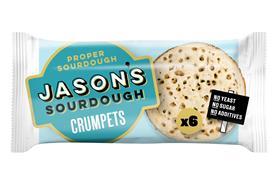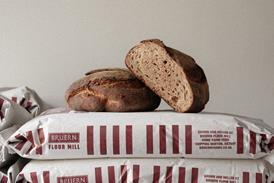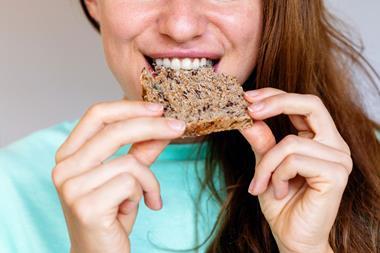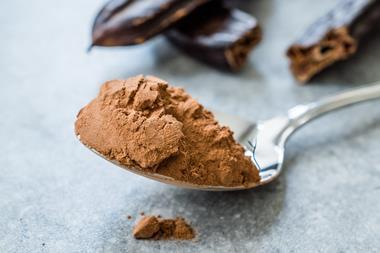Campaigners are urging health chiefs to set mandatory salt levels after a product survey found ‘bread rolls’ is the only one of 28 food categories set to meet 2017 salt reduction targets.
Researchers for Consensus Action on Salt, Sugar and Health (CASH) conducted the study using the FoodSwitch UK app, which enables consumers to scan the barcodes of more than 100,000 packaged food and drink products to receive nutritional information and suggestions of similar, healthier products.
They compared two shopping baskets containing similar everyday food items, but with different amounts of salt, and found the difference between the ‘unhealthy’ and ‘healthy’ baskets was 57g of salt.
In the ‘unhealthy’ basket, bread rolls were the only type of product to meet the maximum salt target that producers are expected to meet by the end of this year.
Researchers found in all 28 categories there were products in the ‘healthy’ basket with at least 30% less salt, which would meet the maximum salt reduction target.
“The findings from our FoodSwitch shopping basket survey are alarming and we are shocked to see that many food manufacturers and retailers are still failing to meet the salt reduction targets, despite having had years to work towards them,” said Katharine Jenner, registered nutritionist and campaign director for CASH.
“We congratulate the other manufacturers that have successfully achieved them, or are on track to meet them by the end of the year – which shows it is possible. With only nine months to go, action must be taken now.”
CASH chairman Graham MacGregor, professor of cardiovascular medicine at Queen Mary University of London, described the findings as a “national scandal”, adding that Department of Health agency Public Health England (PHE) was doing nothing to ensure 2017 salt targets are met.
“PHE should seize this opportunity and ensure the 2017 targets are met, as well as setting new mandatory targets for 2020, to ensure that we continue to lead the world and save the maximum number of lives.”
Sample of CASH study:
































No comments yet